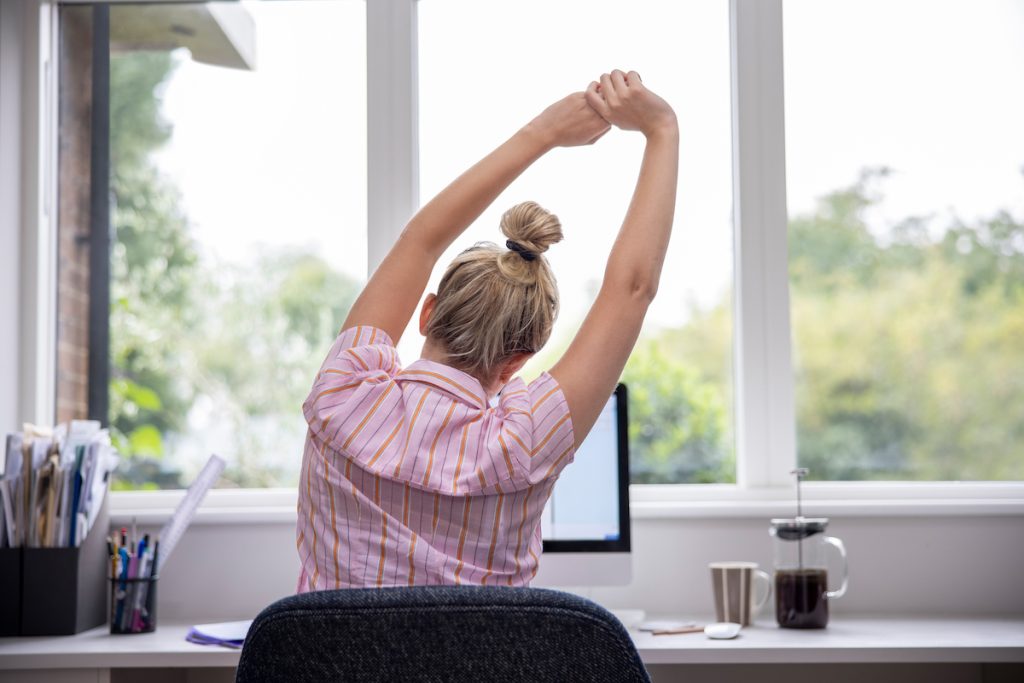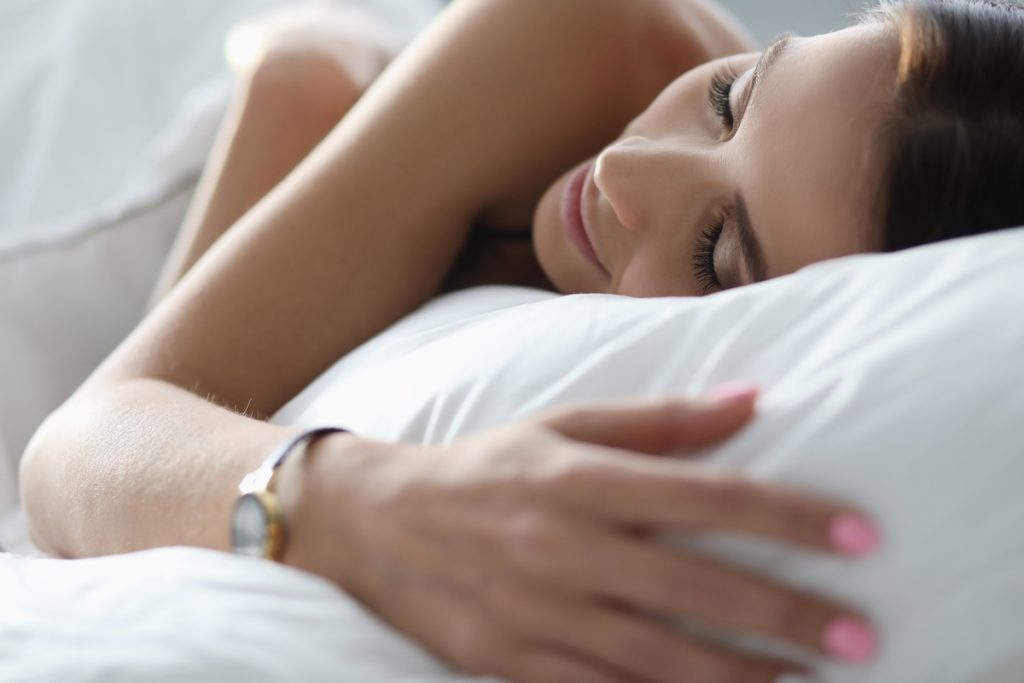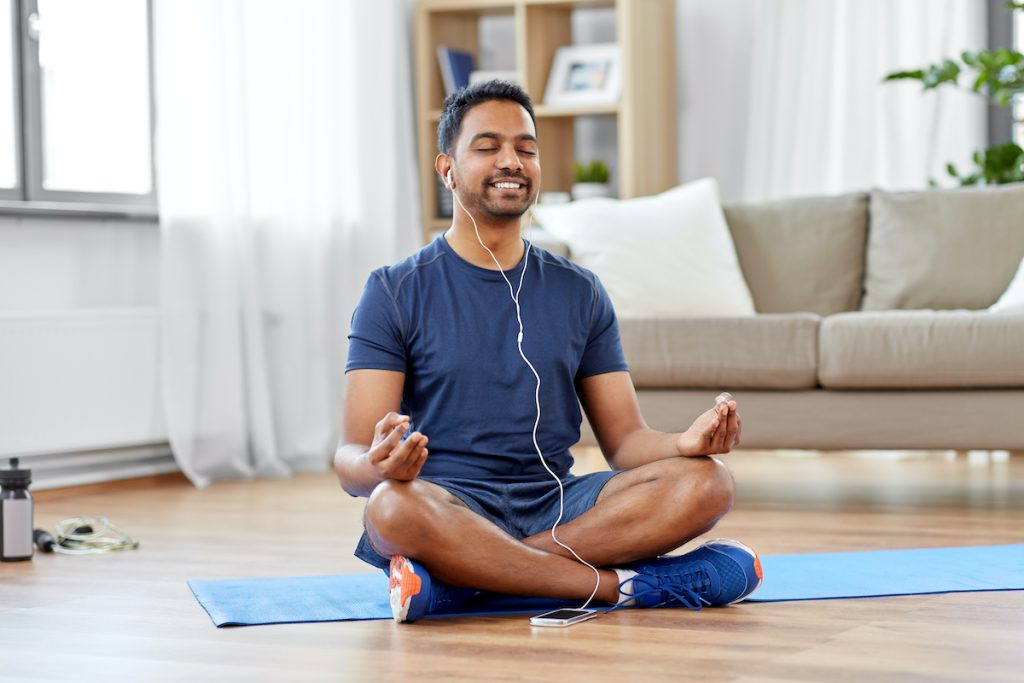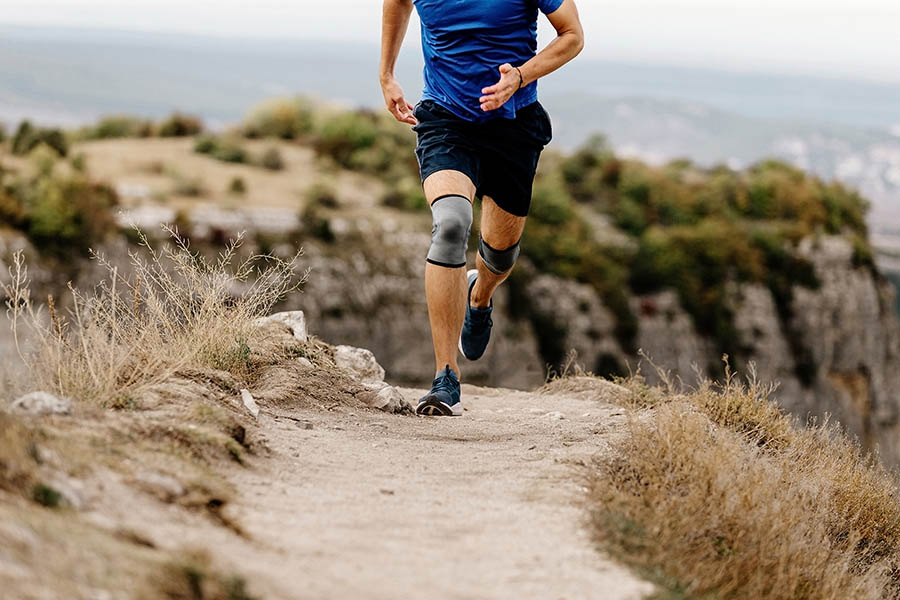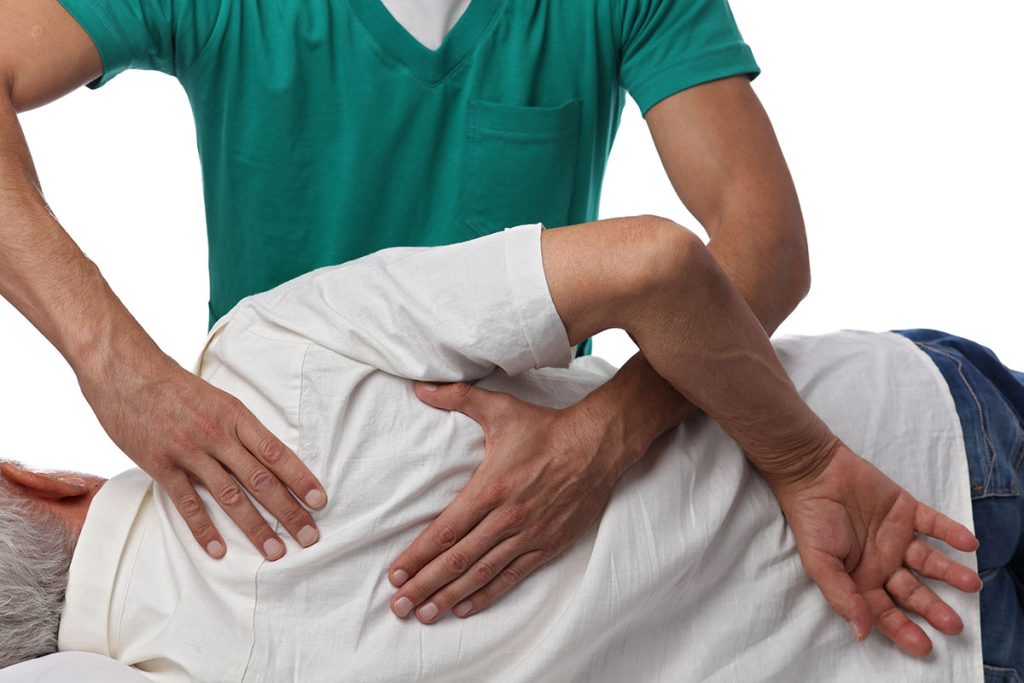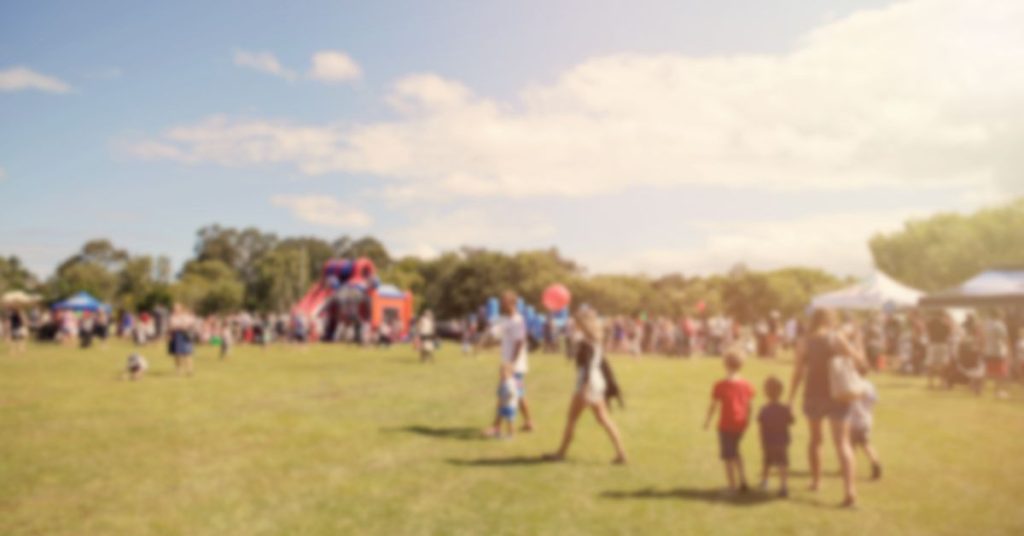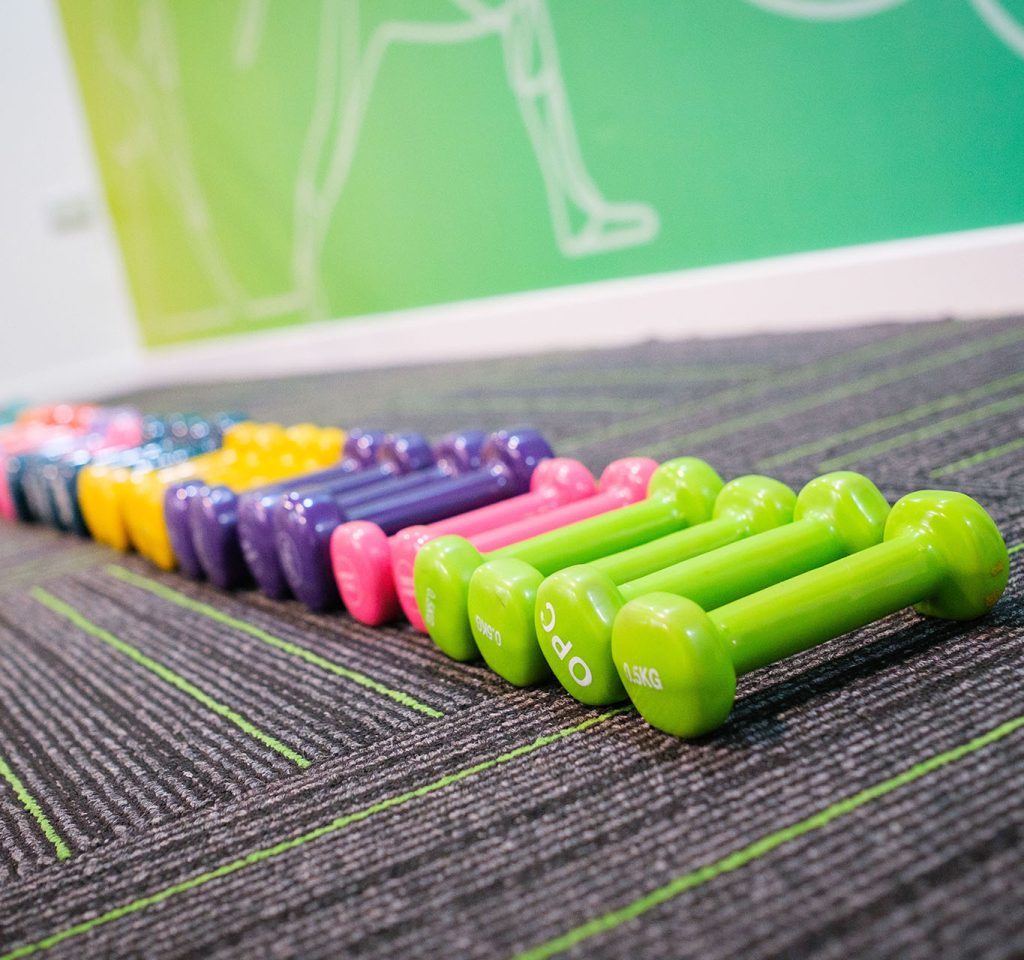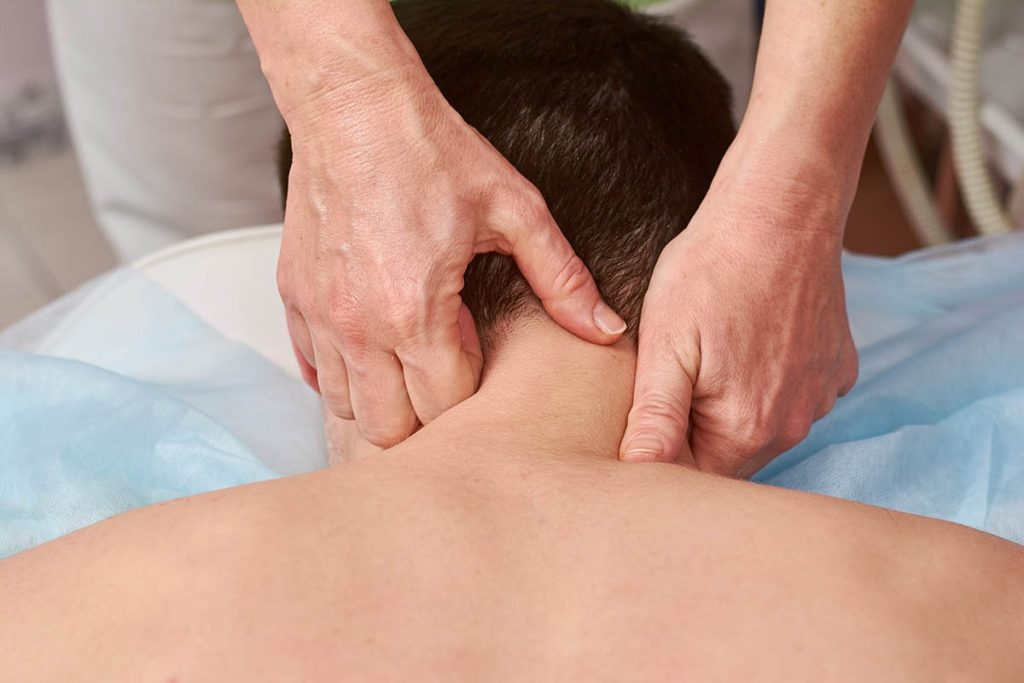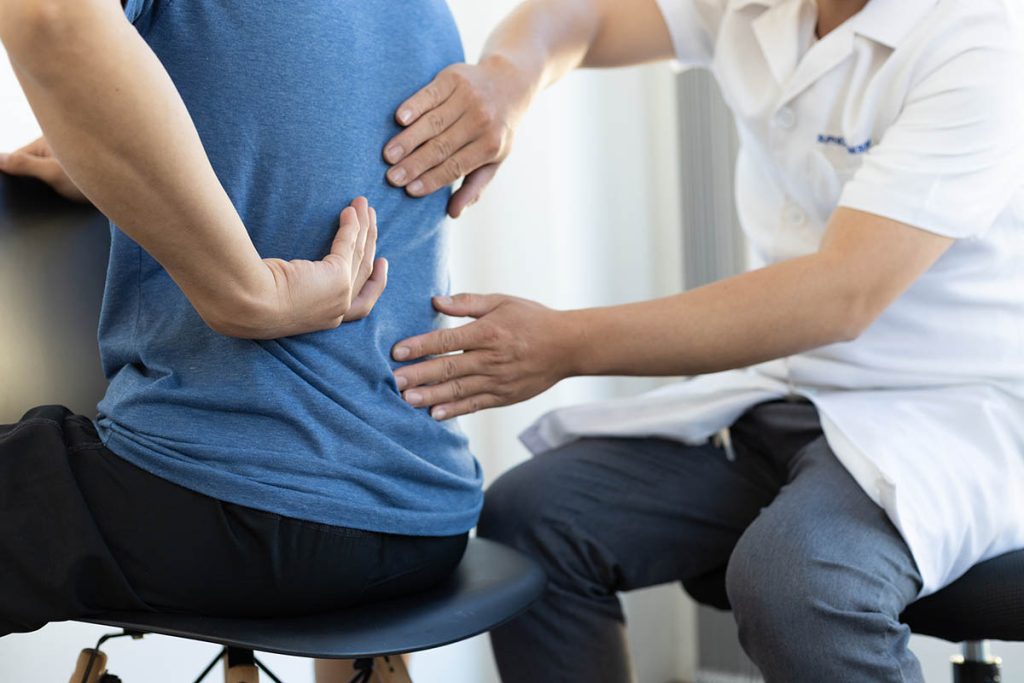Are you noticing small signs of change in your body shape? Perhaps your clothes are not hanging properly, or one hip is more prominent than the other. These may be signs you are suffering from scoliosis. Keep reading to find out more about what causes scoliosis and how treatment can help to alleviate pain.
What is it?
Scoliosis is a term used to describe an abnormal sideways curve of the spine. The curvature may either look like a C-shape or S-shape. It can occur in any section of the spine, but the most common regions are at the level of the chest and the lower back.
It can appear at any age, but most often presents in children, and commonly develops during the growth spurt just before puberty. It is more common in females than in males
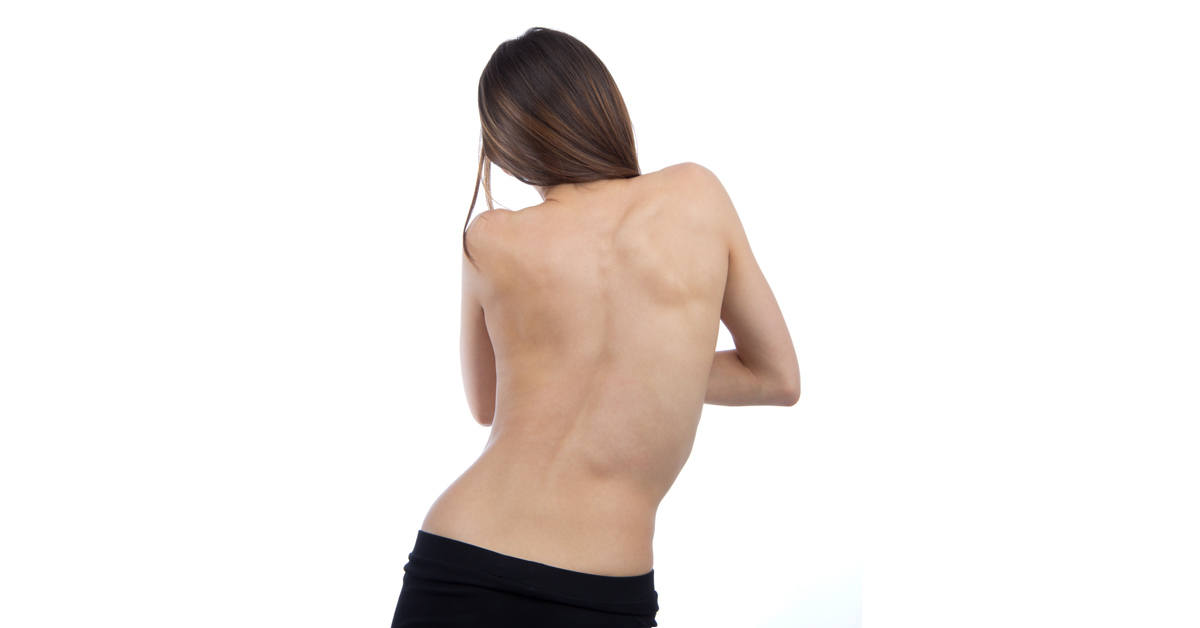
What causes it?
In most cases of scoliosis, the cause is unknown (idiopathic scoliosis). It does, however, seem to involve hereditary factors, as the disorder tends to run in families.
Less common causes of scoliosis include:
- Neuromuscular conditions, such as cerebral palsy or muscular dystrophy.
- Birth defects affecting the development of the bones of the spine.
- Injuries to or infections of the spine.
In some cases, the appearance of scoliosis can be caused by muscular tension or imbalances that pull on the spine. This is known as a functional scoliosis (whereas the previous causes described above are known as structural scoliosis).
Common symptoms
Signs of scoliosis may include:
- Head not centered over body
- One shoulder higher
- One shoulder blade higher and possibly more prominent
- Spine visibly curved
- Clothes do not hang properly
- One hip more prominent
- The individual may appear to lean to one side
Many cases of scoliosis are mild, and may cause no noticeable issue for the individual throughout his or her lifespan. Children who have mild scoliosis are generally monitored, usually with X-rays, to check if the curve is getting worse over time. Young patients who are still growing and have not yet reached skeletal maturity have more chance of their scoliosis worsening with time, especially if not managed correctly.
If a scoliosis curve gets worse, the spine will also rotate or twist, causing the ribcage to be misshapen. This may be noticed by the ribs being more prominent or sticking out more on one side of the body than the other. In severe cases, this change in shape of the rib cage can be significant enough to impair heart and lung function.
The compensatory muscular tension that comes with scoliosis can cause many forms of back, neck, shoulder, hip or pelvic pain and movement restriction.

How long does it take to get better?
In cases of functional scoliosis (as opposed to structural), improvements can be noticed within weeks to months with treatment if commenced soon enough.
A structural scoliosis will usually remain with the individual throughout their entire life. Mild cases will often cause little trouble, whereas more severe cases may cause frequent episodes of pain and movement restriction. An individual with a structural scoliosis must therefore work with a therapist or doctor to find out how their particular condition will be best managed throughout their life.
Treatment
In many cases of scoliosis, no treatment is needed, only monitoring if the patient is still growing. Some young patients may need to wear a brace to stop the curve from worsening as they grow. Others may need surgery to straighten the spine.
In cases of functional scoliosis, treatment is aimed at dealing with the cause of the curvature. This may be, for example, a leg length discrepancy, or a range of other factors that cause muscular imbalances to pull on the spine.
In cases of structural scoliosis, the spinal deformities present generally cannot be reversed without bracing or surgery. However, what many people with structural scoliosis suffer from is pain and restriction from compensatory muscular tension – the abnormal curvature of the spine causes muscles and joints to have to compensate in a way that can make them stiff and painful over time. This is where professional hands on treatment and exercise prescription come in to deal with these secondary issues.
Do you think you are experiencing symptoms of Scoliosis? Therapy with one of our highly trained professionals could help revitalise your body. Contact BodyViva today to discover how our services can help you live a life free from pain. BodyViva is a multidisciplinary clinic specialising in physiotherapy, chiropractic, podiatry, acupuncture, remedial massage and pilates.


